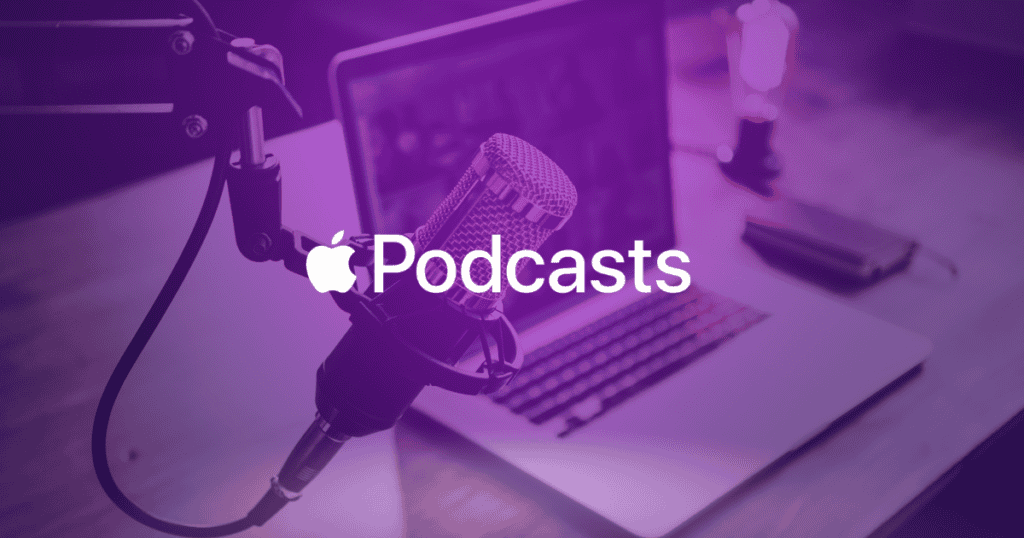The recent shift in podcast market share, with Spotify and YouTube surpassing Apple Podcasts, signals a notable transformation in listener preferences and content delivery methods. YouTube’s commanding 31% and Spotify’s 21% market shares reflect a growing inclination towards integrated video and audio experiences, particularly among younger demographics. This raises important questions about the future of podcasting: What strategies are these platforms employing to secure their dominance, and how will Apple respond to reclaim its foothold? The implications for content creators and consumers alike are profound and warrant further exploration.
Overview of Podcast Market Trends
The podcasting landscape is undergoing a significant transformation, driven by evolving listener preferences and technological advancements. Recent data reveals a dramatic shift in the podcast market, with Apple Podcasts experiencing a decline in market share from 29% in July 2019 to just 12% as of August 2024.
In contrast, YouTube has emerged as a frontrunner, capturing 31% of the market, while Spotify follows closely with 21%. This trend underscores the increasing appeal of platforms that integrate both audio and video content, particularly among younger demographics.
The rise of innovative content formats and diverse listening habits highlights the necessity for adaptability within the industry. As podcast ad revenue surges, the competition intensifies, emphasizing the importance of engaging audio content across multiple platforms.
YouTube’s Rise in Popularity
As podcasting continues to evolve, YouTube has emerged as a dominant force in the market, markedly reshaping how audiences consume audio content. Currently capturing 31% of the podcast market share, YouTube has attracted a vibrant podcast audience, particularly among younger demographics.
The rise of video podcasts is a significant factor in this trend, with 47% of listeners aged 18-34 primarily tuning in via the platform.
- YouTube’s comment section fosters community engagement, appealing to 18% of listeners.
- 84% of Gen Z prefers video content, driving the shift towards YouTube for podcasts.
- The platform serves as a key discovery tool, enhancing user experience in podcast consumption.
This trajectory solidifies YouTube’s position as a leader in the podcasting landscape.
Spotify’s Growing Influence
How has Spotify managed to carve out a considerable presence in the podcasting arena? By securing a 21% market share, Spotify has emerged as a formidable player in the podcasting landscape.
The platform has considerably enhanced audience engagement through exclusive content deals with popular podcasters, attracting a younger demographic—47% of its audience falls within the 18-24 age group.
Additionally, the rise of video podcasts has further diversified its offerings, catering to changing listener preferences for multimedia content.
Spotify’s effective monetization strategies, including subscription models and branded content, have made it appealing to both listeners and advertisers.
With a projected podcast audience growth to 40 million by 2024, Spotify’s influence continues to expand, reshaping the competitive landscape of podcasting.
Apple Podcasts’ Declining Share
A notable decline in Apple Podcasts’ market share has become evident, plummeting to 12% as of August 2024 from a significant 29% in July 2019.
This significant decline highlights the growing competition from YouTube and Spotify, which now dominate the podcast landscape.
Factors contributing to Apple Podcasts losing market share include:
- A shift in user preferences towards platforms offering engaging video and audio podcast content.
- Limitations in audience reach due to its absence on Android and Windows devices.
- Recent user feedback indicating dissatisfaction with the platform’s interface and functionality.
As younger demographics increasingly gravitate towards alternative platforms, Apple Podcasts must adapt to this evolving landscape or risk further erosion of its user base.
Audience Engagement and Preferences
The decline in Apple Podcasts’ market share has opened the door for platforms like YouTube and Spotify to capitalize on evolving audience preferences.
YouTube’s podcast audience is notably younger, with 47% of listeners aged 18-34 favoring the platform. This demographic shift highlights a strong inclination toward video podcasts, as heavy consumers prefer YouTube for its dual consumption capability of audio and video.
Engagement factors such as community interaction and personalized recommendations further enhance audience engagement, positioning YouTube as a primary discovery platform.
Additionally, many listeners are gravitating towards genres like News and Sports in video format, showcasing a clear trend in listening preferences.
With 81% of podcast listeners engaging with ads, these platforms are effectively responding to the changing dynamics of the podcasting landscape.
Impact of Video Content
Increasingly, video content is reshaping the podcasting landscape, particularly among younger audiences who favor platforms that provide both audio and visual experiences.
The rise of video podcasts has led to YouTube capturing 31% of podcast listeners, while Apple Podcasts lags behind at only 12%. This shift highlights the changing dynamics of audience engagement, as 47% of the 18-34 demographic primarily consume podcasts on YouTube.
- Video content notably enhances audience engagement, with 84% of Gen Z listeners interacting more with video podcasts.
- The popularity of video formats is contributing to a decline in traditional audio-only platforms.
- Younger demographics are driving the demand for integrated content, reshaping market share across podcast platforms.
Future of Podcasting Platforms
As podcasting platforms continue to evolve, a clear trajectory towards multimedia integration and personalized content emerges. Platforms like YouTube and Spotify are rapidly increasing their market share, with YouTube leading at 31% and Spotify at 21%, while Apple Podcasts is losing market share, holding only 12%.
The rise of video podcasts has been instrumental in attracting younger audiences, with nearly half of the 18-34 age group favoring them. Enhanced listener engagement through interactive features fosters community-driven podcast discovery, as 54% of listeners find new content via recommendations from friends and family.
As competition intensifies, the future of podcasting will hinge on innovative advertising strategies and the ability to cater to evolving listener preferences, ensuring sustained growth and engagement.
Conclusion
As the podcasting landscape resembles a dynamic chessboard, YouTube and Spotify have emerged as formidable challengers, positioning themselves strategically to capture the evolving tastes of listeners. The decline of Apple Podcasts illustrates the shifting priorities within the audio domain, where video content increasingly reigns supreme. This transformation signals a pivotal moment in media consumption, akin to the dawn of a new era, where adaptability and innovation will dictate the future success of podcasting platforms.



